How many street benches or billboards do you walk or drive past a day? What if these places could provide inexpensive shelter for the homeless?
In Vancouver, local organization RainCity Housing is adding “pop-up roofs” to benches to provide temporary shelter from the often-rainy city’s nights. Architecture firm Design Develop in Banksá Bystrica, Slovakia is converting the typically two-dimensional advertising billboards into small living quarters, fitted with electricity and large enough to hold a bed, kitchen, desk, and bathroom. Better yet, the space will pay for itself, once companies rent the advertisements, and can be adapted to suit most cities. In Madison, Wisconsin, some private land-owners are offering their space and organizing fundraisers to build “tiny houses” for the homeless. These 99-square-foot homes are like the billboard living quarters: they have a sink and composting toilet, use propane tanks for heat, and solar panels provide electricity. Unlike the bench roofs and billboard houses, though, tiny houses are clustered together and create a community among formerly homeless people.
Would any of these options work in your city as easy, inexpensive means of providing affordable housing? Do you know of other innovative programs working to provide shelter to the homeless?




No comments:
Post a Comment